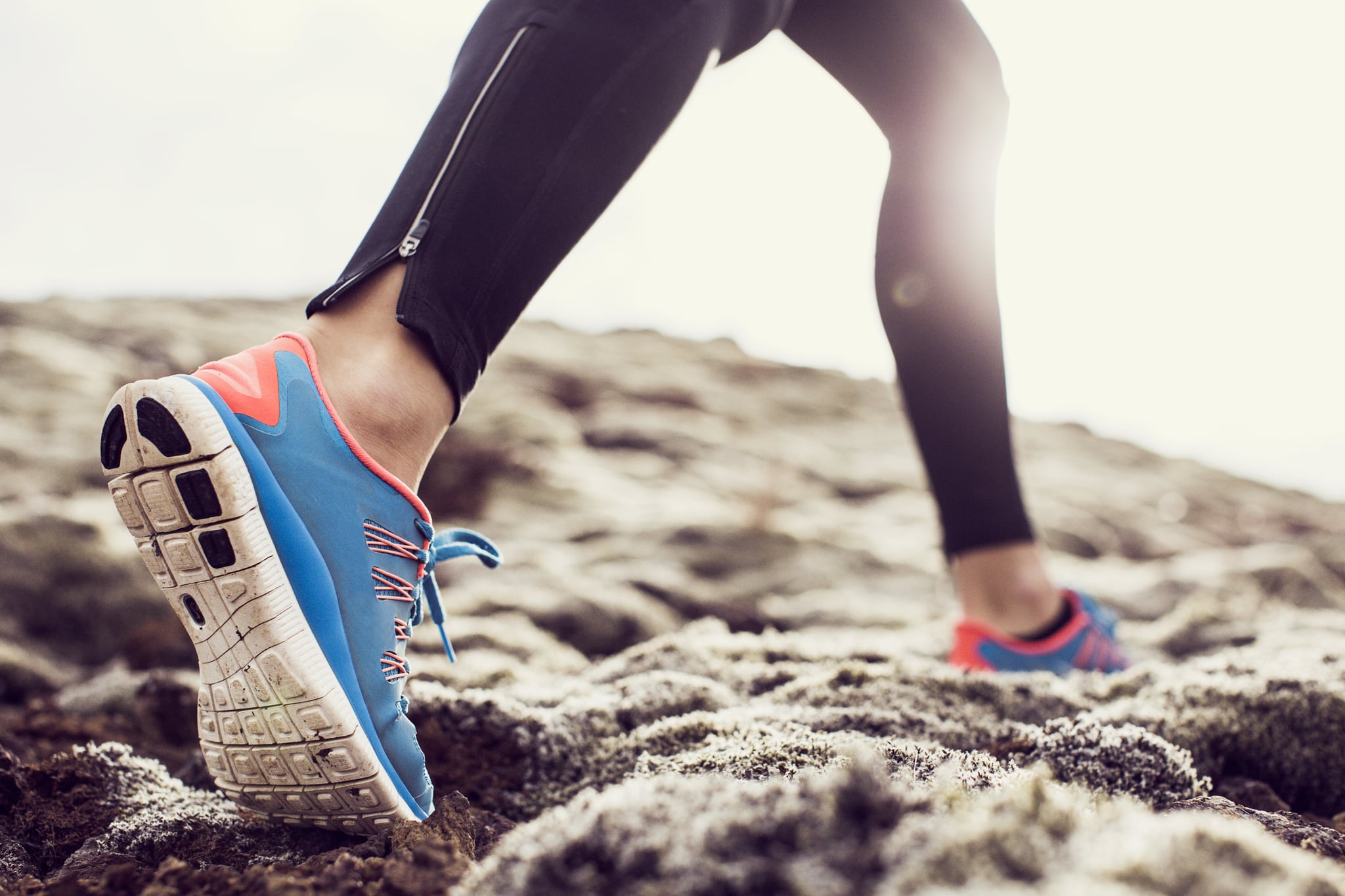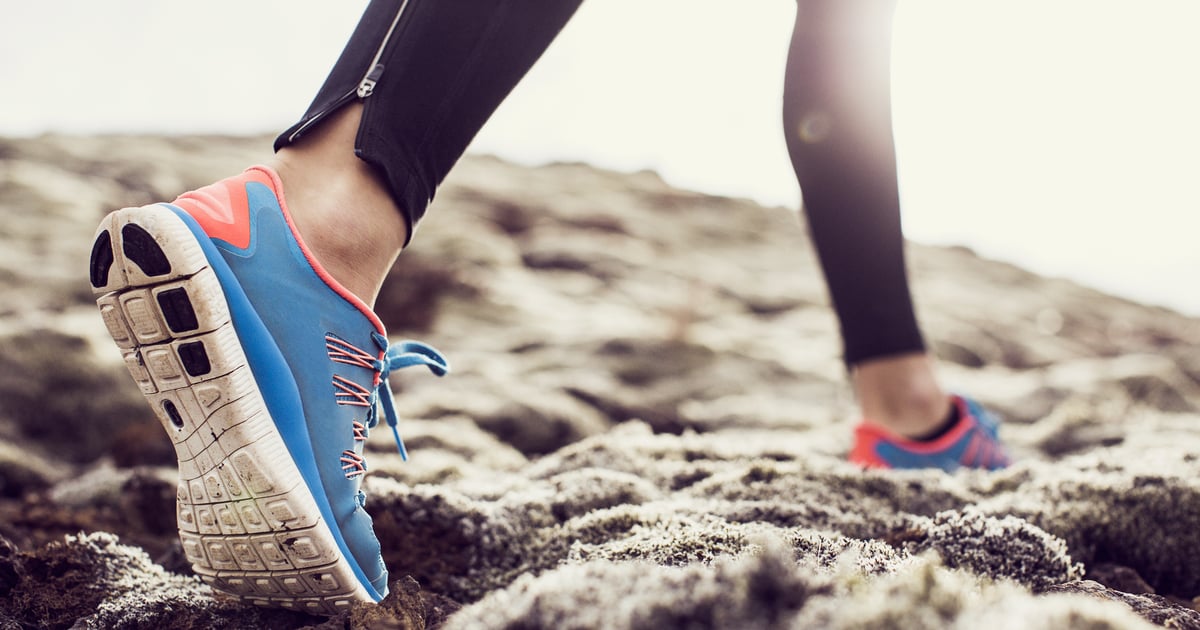
Debunking body pain is often about reading between the lines. Let’s say you’re midrun when hip pain strikes — it’s fair to think, “When and how did I strain my hip?” But the answer may not stem from your hip at all. Other factors, like feet imbalances, could spark a chain reaction that presents itself as hip pain.
Since your feet dictate the general alignment of your body and are the first to brace everyday impact (like jumping), any irregularities can affect other joints, said Rena Eleázar, PT, CSCS, a board-certified clinical specialist in sports physical therapy and the cofounder of Match Fit Performance.
“There are a few key [foot] structures that affect the orientation of your ankle — the positioning of these structures may affect the rotation of your tibia or shin bone, and therefore influence the position of the rest of your body,” she said.
The “structures” Eleázar is referring to are the three arches in your foot: the medial longitudinal arch (what most people think of as “the arch” of their foot), the lateral longitudinal arch (on the outside of the foot), and the transverse arch (across the middle of your foot).
Together, your arches align your calcaneus (heel bone), talus (a dome-shaped bone that connects your foot to your leg), and tibia (shin bone), which influence the position of your knee and hip joints, she explained.
From pushing off to run or jump to slowing down to landing a jump, Eleázar said, the way you move and control your arches is a very important part of your force transfer. If your force transfer isn’t as efficient as it could be, your feet could cause muscle and joint aches, sprains, and strains in your legs, hips, and back.
According to Eleázar, it can be helpful to understand how your feet impact your posture by standing in front of a mirror either head on or from the side. Naturally, do you tend to stand more on the side of your heels or the front of your feet? Is your weight on the inside or outside arches of your feet?
Now, start playing with different foot positions by shifting your weight. One at a time, notice what happens to the rest of your body when you shift into the balls of your feet, heels, and insides and outsides of your arches. Pay attention to where your knees, hips, abs, lower back, and upper body go as you move.
Exploring how your body moves could hint at a pain point you’ve been feeling. If that’s the case, it’s always best to turn to your doctor for advice.
Eleázar said sometimes insoles or supportive shoes can help — consistently performing foot-specific exercises could help you tolerate standing, walking, or running longer or balance better in general, too.
If it helps, think of this as a palm reading for your lower body — there is so much to learn about yourself by taking a closer look at the natural stature of your feet.
Click here for more health and wellness stories, tips, and news.
